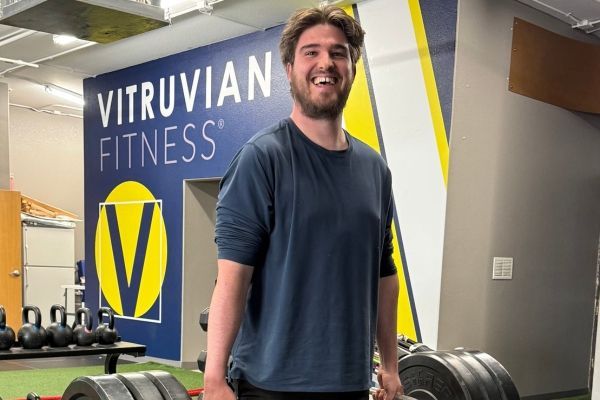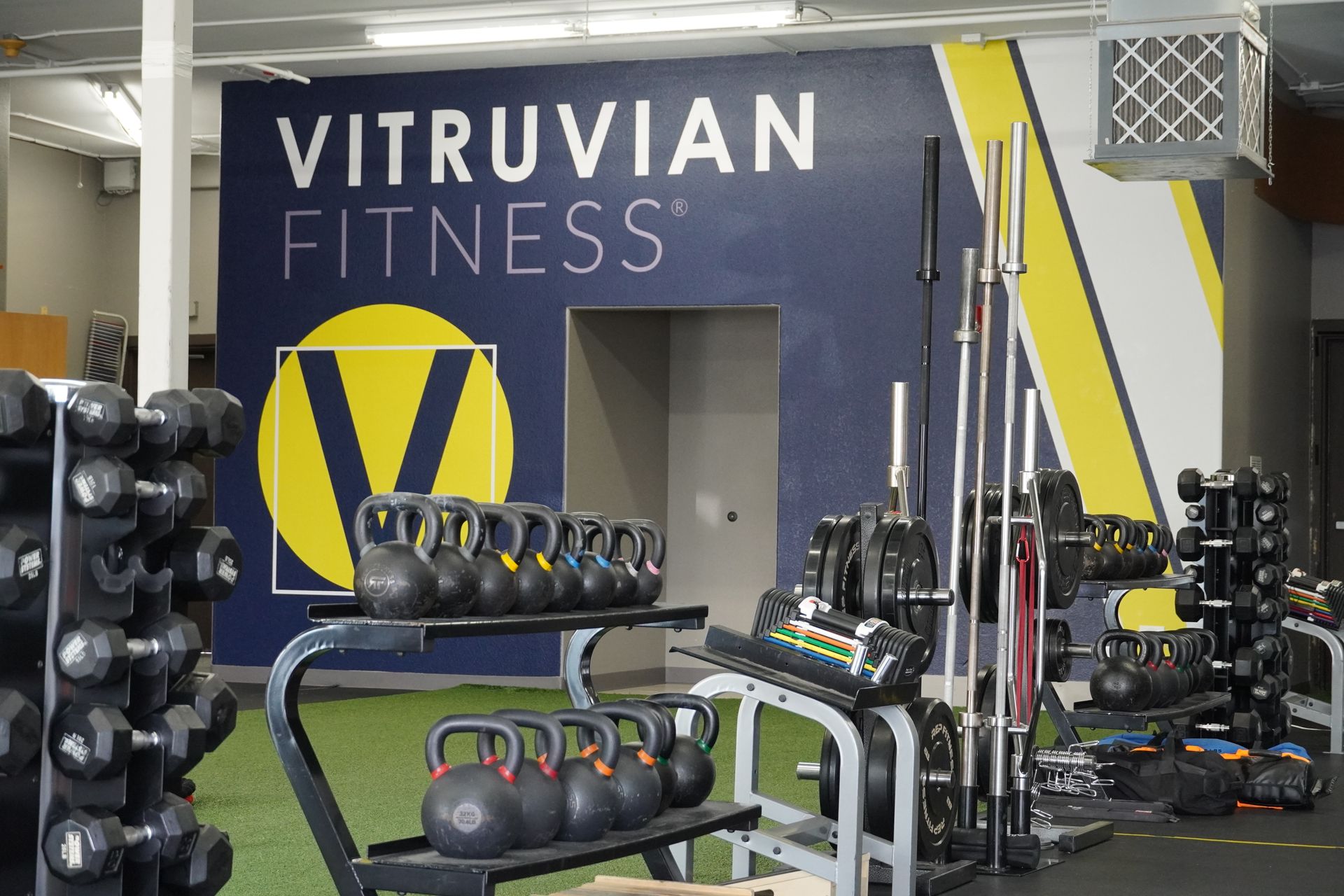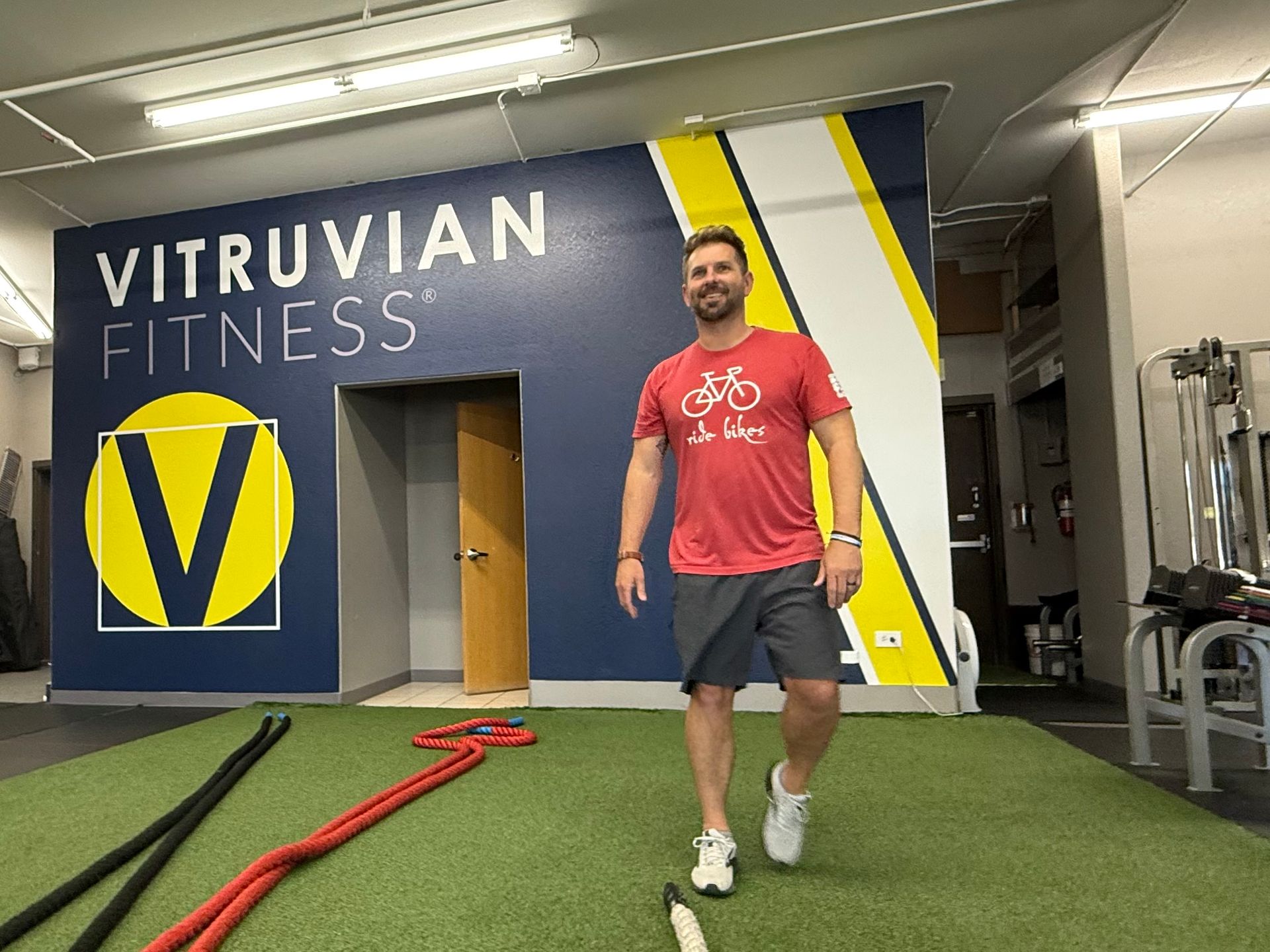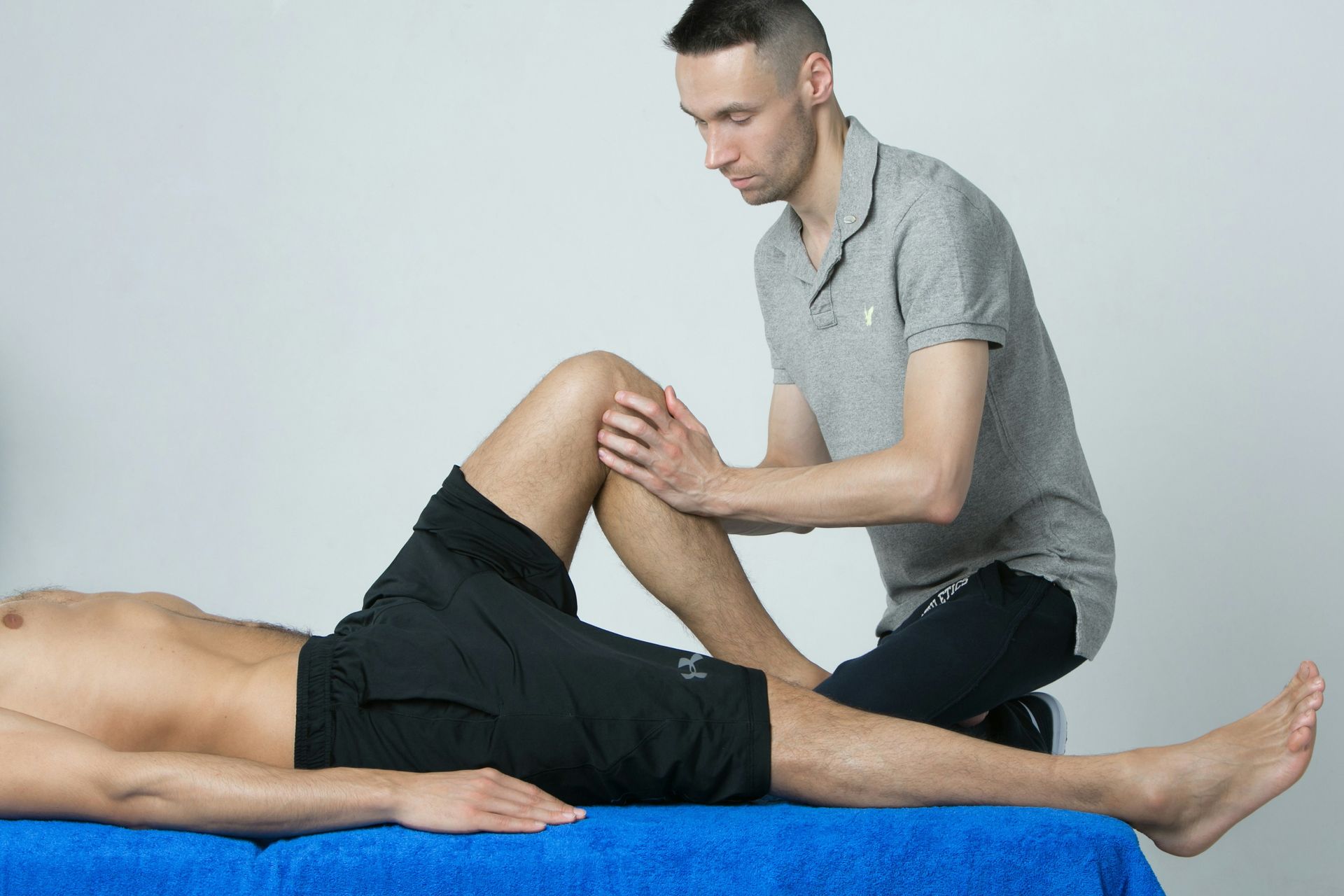Front End Alignment
What You and the Front End Alignment on Your Car Have in Common
If you own a car and the front end is out of alignment, how much that matters to you depends on a) if you know what that means, b) how much you drive and c) how fast you drive. Let’s break it down and then I’ll get into what this has to do with Vitruvian Fitness.
A) Basically, the wheels on your car need to be aligned so that the wheels are pointing in the same direction. Imagine trying to drive your car when the right wheel is pointed to the right when the left one is pointing straight ahead. Yes, that can happen and it’s not good. If you’re really interested, you can read more about front end alignment here.
B) If your car never leaves the garage, it probably doesn’t matter if your front end is out of alignment. Or, if you are that grandmother who only drives to the store and church on Sundays, it might not matter that much. But if you commute across town every day in rush hour traffic, those miles are definitely going to cause your tires to wear out in an irregular fashion more quickly than normal. That’s also not good.
C) If you drive a lot and often at highway speeds then, not only will you get irregular tire wear, but you might even start ruining other parts of the car. Your brakes will wear out more quickly and the suspension could break. That’s bad.
Your body is exactly the same. Park it on the couch and never move? It doesn’t matter how bad your alignment it. Occasionally go for an easy walk? Still doesn’t matter too much. But as soon as you start doing more intense activity, your body needs to be well aligned so that you don’t prematurely wear down your joints or injure yourself.
Here’s a simple illustration:
A walk requires about 30 strides per minute per leg — a jog is about 60 and a run is about 90 strides. If you’re going to run 3 miles at a 9 minute mile pace, that 27 minutes of thumping and bumping equals 4,860 impacts on your feet, ankles, knees, hips, back, shoulders and neck. If you’re not in great shape, that 27 minutes of “running” is going to feel like hell. If you do that regularly, you’re going to do way more harm than good. Your car’s alignment isn’t going to fix itself, how do expect your own body to fix itself?
That’s why every Vitruvian workout begins with soft-tissue work, movement prep and corrective exercise. Putting “fitness” on top of dysfunction is a recipe for disaster and we’d rather prevent disasters than recover from them.
Want to learn more? Ask us!
At Vitruvian Fitness, we’re building a community of stronger, healthier and happier people using functional training to improve the lives of adults of all ages and abilities.
We serve the communities of Northwest Denver, Arvada, Lakewood, Applewood, Golden and Wheat Ridge, CO.
You might also enjoy these posts . . .







